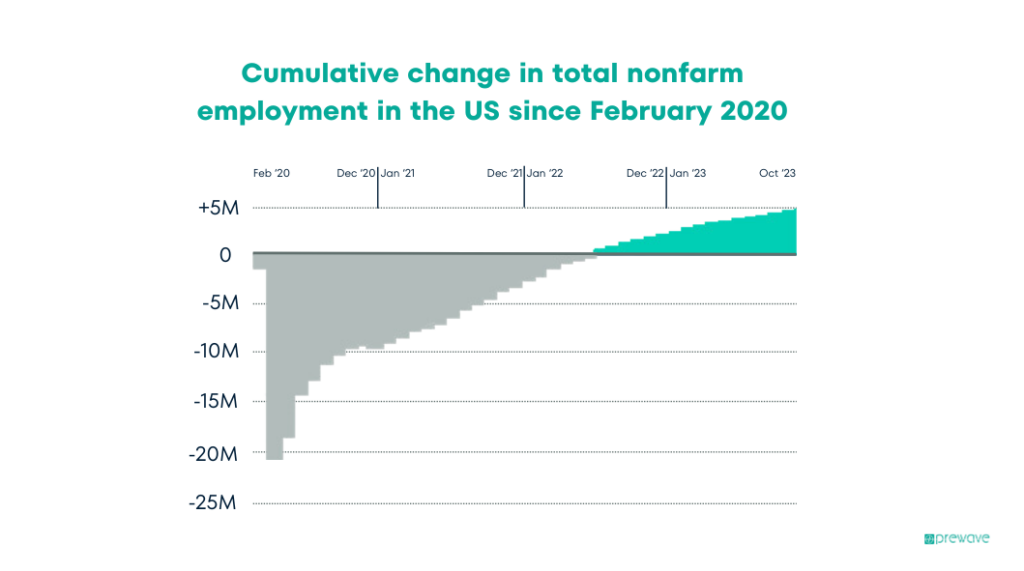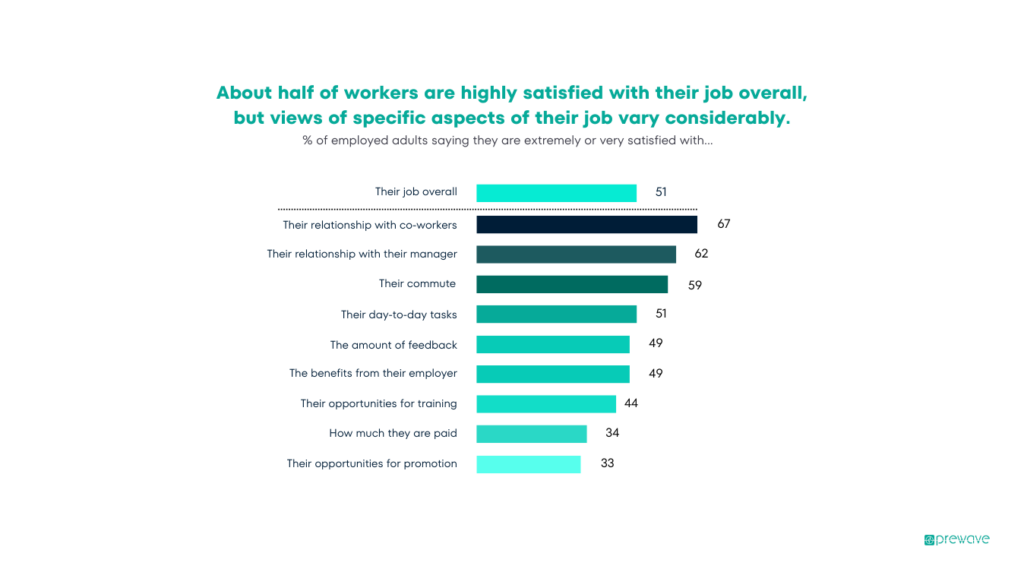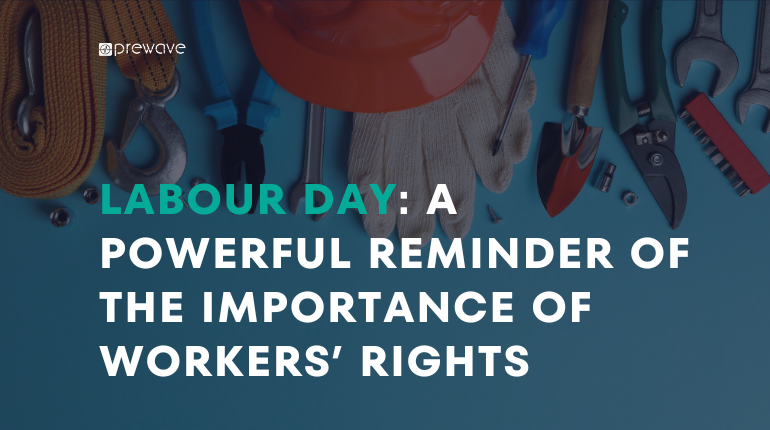Every year, workers across the globe come together to celebrate Labour Day: a reminder of the power of protest, social advocacy, and the contributions of labour organisers to present-day working conditions.
Labour Day – celebrated in different countries under other names, like International Workers’ Day – is a commemoration of previous union strikes that helped to win better working conditions and pay for employees. While the world of work has changed dramatically over the past 100 years, this continual celebration is a moment to reflect on how far we’ve come – while also remembering how much fighting is left to be done.
In this article, we’ll dive into the history of Labour Day, touching on the beginnings of this movement and how the world of work is still fighting for equity for all.
The Historical Roots of Labour Day
In the late 19th century, the average working conditions and regulations often forced employees to work upwards of 12 hours a day, six days a week. These long hours, combined with often inhumane working conditions, led employees across the globe to begin dreaming of change.
On September 5, 1882, over 10,000 people took to the streets in New York to protest the poor treatment of workers. This one-day strike called for less work and more pay, pushing back against exploitative working schedules. Over the next few years, these strikes continued at regular intervals, with different labour unions across the states organising protests.
Since then, Labour Day has signified a call to arms for workers, empowering them to champion better working conditions. It’s also a powerful example of the incredible potential of unions, showcasing how collective action can have a stronger ripple effect than individual efforts.
The Role of International Organisations in Promoting Workers’ Rights
To continue the battle for workers’ rights, the International Labour Organisation (ILO) was formed in 1919 as part of the Treaty of Versailles. A core part of this movement was centred around social justice, with members of the United Nations aiming to create and sustain better opportunities for workers across the globe.
To achieve this, the ILO enforced a number of standards that advocate for workers and penalise businesses that do not follow fair practices in the workplace. The ILO focuses on several core areas, including:
- An International Legal Framework – A worldwide drive to create fair international legal agreements relating to human rights and labour.
- Safety Standards – The ILO publishes international labour standards, including minimum wage and working-time standards, which are closely aligned with the original proposals established by the Labour Day protestors.
- Poverty Reduction Initiatives – The ILO aims to reduce global poverty by providing a fair labour market with strict international labour standards.
- The Development Agenda – The ILO and UN seek to achieve 17 goals that relate to a more sustainable and equitable future by 2030.
The ILO actively collaborates with governments, employers, and workers around the world to develop policies and programs that promote social justice and work opportunities for all. As the world of work evolves, they release new policies and promises to continue to strive toward that mission.
The Impact of COVID-19 on the Workforce
The COVID-19 pandemic led to one of the biggest disruptions to the world of work in modern history. Seemingly overnight, millions of people around the globe had to change the way they work, using emerging technologies to embrace a hybrid style that has stuck around ever since.
During the pandemic, workers across the world began to grapple with the so-called “New Normal”, with employees struggling to find a healthy work-life balance. Without a clear physical separation between the home and the workplace, employees found it challenging to create clear boundaries about work. This led to further mental health struggles and caused a rise in the number of cases of workplace burnout.
Alongside the dramatic shifts in corporate culture, the pandemic also caused major economic uncertainty. In April 2020, unemployment in the USA soared to an all-time high of 23 million people. This statistic is 50% higher than the previous record set in 2009 during the Great Recession.

Source: The Change in Employment Over COVID.
The pandemic also served to exacerbate already existing inequalities in the job market. For example, ethnic minorities were disproportionately represented in the jobs that were most at-risk of being halted by lockdowns. In the USA, 44% of all at-risk jobs were held by ethnic minorities at the start of the pandemic, leading to further income inequality over this period.
In this whirlwind of ever-evolving change, the USA also saw record-breaking employee turnover rates, with workers being unable to keep up with demand while juggling other real-life circumstances.
One of the lasting focuses of this period is the dramatic impact it had on the global economy. Yet, at the core of this struggle were and have always been the workers. With new working dynamics, increased uncertainty, and poor work-life balance, employees were pushed to their limits.
Current Challenges Facing Workers Globally
Despite the pandemic restrictions waning over time, the impacts of this period have lasted long into the present day. The systematic inequalities that COVID served to intensify are the most lasting impressions, with countries around the world still grappling with these challenges.
Across the board, only around 51% of employees are currently satisfied with their jobs. This figure reflects a number of frustrations with workplace culture, dynamics, and structures. Some of the most common reasons that workers cite for dissatisfaction at work are:
- Poor leadership
- Mental health struggles
- Insufficient diversity, equity, and inclusion initiatives
- Low and unfair wages
- Limited growth opportunities
- Unstable work-life balances

Source: Workplace satisfaction survey results.
Something else to consider when discussing the current challenges that workers face is the rapid proliferation of AI technologies across the globe. Experts predict that AI will have an adoption rate of around 85% by 2025. Yet, as businesses begin to employ these new technologies, the onus to learn and continually upskill falls to the workers.
Employees are increasingly expected to understand and show competence with AI skills. However, if businesses aren’t actively providing these opportunities, it creates further points of inequality across the workforce. Employees who don’t have access to in-house training must find alternative methods of learning, often creating a time and cost factor that many cannot afford.
The Impact of Supply Chain Dynamics on Workers’ Rights
Another pivotal factor that leads to exploitation across the supply chain is a lack of visibility and transparency. After all, if companies cannot clearly trace where supplies come from and verify that the labour used in the production of those supplies is fair and accordingly remunerated, then they cannot mitigate labour exploitation.
Human rights abuses, especially in fields like agriculture and manufacturing, are notoriously difficult to trace. Due to the lack of visibility in these industries, there are higher rates of human exploitation, which are growing increasingly difficult to trace.
While globalisation has paved the way for the acceleration of global trade and commerce, it has also created a race-to-the-bottom culture. The International Labour Organisation estimates that 28 million men, women, and children across the globe are in forced labour situations. Forced labour, also encompassing child labour, is an all-too-common circumstance that’s akin to modern slavery.
As companies search for new ways to decrease the cost of production, corrupt organisations turn to developing nations and their human resources. These businesses create contracts where they receive the same services but for much less pay.
While there are cases where this is done ethically, the lack of clear visibility over these processes routinely leads to cases of exploitation. Without detailed regulation, supply chain transparency, and ethical values at the core of business development, human exploitation will continue.
Major political bodies, including the European Union, are actively trying to enhance supply chain security to protect workers’ rights. Most recently, the Corporate Sustainability Due Diligence Directive (CSDDD) has aimed to increase accountability and ensure that businesses are conscious of how their operations impact both workers’ rights and environmental causes around the globe.
Role of Consumers in Promoting Ethical Supply Chains
When we take a step back and look at potential solutions to these modern-day labour challenges, many forget that the individual consumer has a great deal of power. Where an individual decides to shop, the brands they choose, and the products they source all represent a vote of confidence. As consumers drive demand, they can demand ethically-sourced products and ask that companies adopt sustainable and transparent supply chain practices.
Social media campaigns can hold incredible power in that regard, as they allow millions of people to come together and make a conscious consumer decision. Most recently, the world has seen this with the Starbucks Boycott, in which there were over 466,000 posts a month in Q4 of 2023 calling for a boycott of the brand.
As a result of the public outcry, Starbucks’ stock price fell by around 9%, wiping out $11 billion in market cap. The overwhelming power of consumers – when working in a collective – allowed them to bring about real change.
This example closely resembles the historical victories of unions. When workers come together and collectively use their power, they can fight back against corrupt corporations and bring about change.
With that in mind, consumers have the power to promote more ethical supply chains. Together, individuals can:
- Demand sustainable directives – Individuals can demand that major brands fight back against worker exploitation and partake in their social responsibility to uphold the most sustainable business practices.
- Seek alternatives – If a brand does not publicly report on sustainability and human rights directives, consumers can seek alternatives and stop supporting their business.
- Raise awareness – Social media campaigns can spark widespread understanding, helping to generate momentum in social and political movements. By remaining aware of what’s going on in the world, individuals can better understand how their choices impact wider communities.
Final Thoughts on the Importance of Labour Day
Labour Day serves as a reminder that although international workers’ rights have come a long way, there are still many battles to be fought. Businesses, individuals, and employees must all be aware of the ongoing struggle for equitable working conditions. Workers’ rights advocacy starts on an individual level, but can quickly become a powerful force for connection across the globe.
At Prewave, we are committed to leveraging advanced AI and machine learning technologies to promote supply chain transparency and accountability, ensuring fair labour practices and the protection of workers’ rights.
Our mission is aligned with the broader efforts towards transparency, accountability, and ethical sourcing practices, empowering businesses to make informed decisions and prioritise social responsibility in their supply chain management.
As companies do their part, consumers must also remember that continued collaboration and innovation in this space are crucial to building a more just and equitable global economy.
We must strive for a society where workers’ rights are upheld, and every individual has the opportunity to thrive in a safe and dignified work environment.




